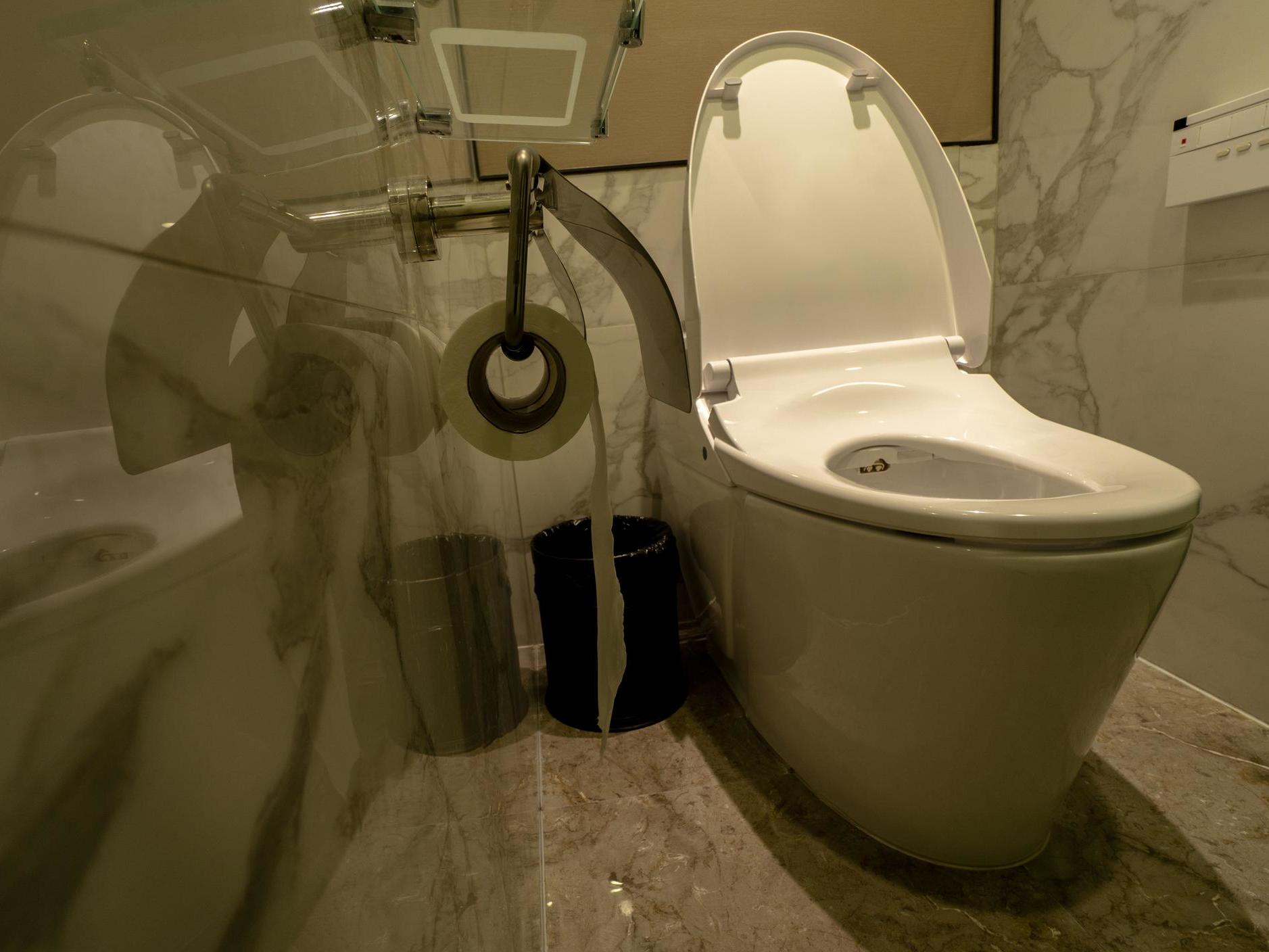‘Smart toilet’ can detect signs of disease, scientists claim
‘Everyone uses the bathroom – there’s really no avoiding it – and that enhances its value as a disease-detecting device,’ says researcher

Your support helps us to tell the story
From reproductive rights to climate change to Big Tech, The Independent is on the ground when the story is developing. Whether it's investigating the financials of Elon Musk's pro-Trump PAC or producing our latest documentary, 'The A Word', which shines a light on the American women fighting for reproductive rights, we know how important it is to parse out the facts from the messaging.
At such a critical moment in US history, we need reporters on the ground. Your donation allows us to keep sending journalists to speak to both sides of the story.
The Independent is trusted by Americans across the entire political spectrum. And unlike many other quality news outlets, we choose not to lock Americans out of our reporting and analysis with paywalls. We believe quality journalism should be available to everyone, paid for by those who can afford it.
Your support makes all the difference.A new “smart toilet” can detect signs of various diseases in a person’s stool and urine, a team of American researchers have claimed.
A team at Stanford University’s School of Medicine in California has invented a device that fits inside a toilet and uses motion-sensing technology in addition to cameras and test strips to analyse what is inside the toilet and send the data to a secure server.
The server will then be able to identify individuals who suffer from a range of conditions, such as irritable bowel syndrome, prostate cancer or kidney failure in addition to seven other illnesses.
It does this by putting the urine through a physical and molecular analysis while the stool is assessed based on its physical characteristics.
In order to differentiate between users, the technology uses scans of fingerprints and images of the anus.
Thus far, the gadget has been tested on 21 people as part of a study published in the journal Nature Biomedical Engineering.
But further research on more individuals is needed before the researchers can say for certain that their toilet system will be effective.
According to lead author of the initial study, Dr Sanjiv Gambhir, professor and chair of radiology at Stanford University’s School of Medicine, his smart toilet concept has been in the works for more than 15 years.
“When I’d bring it up, people would sort of laugh because it seemed like an interesting idea, but also a bit odd,” he said.
The benefit of having a smart toilet, Gambhir added, is that unlike wearable tech, it cannot be taken off.
“Everyone uses the bathroom – there’s really no avoiding it – and that enhances its value as a disease-detecting device.”
As for the system’s unusual way of differentiating between users, Gambhir said: ”We know it seems weird, but as it turns out, your anal print is unique.
“The scans – both finger and nonfinger – are used purely as a recognition system to match users to their specific data.”
Join our commenting forum
Join thought-provoking conversations, follow other Independent readers and see their replies
Comments